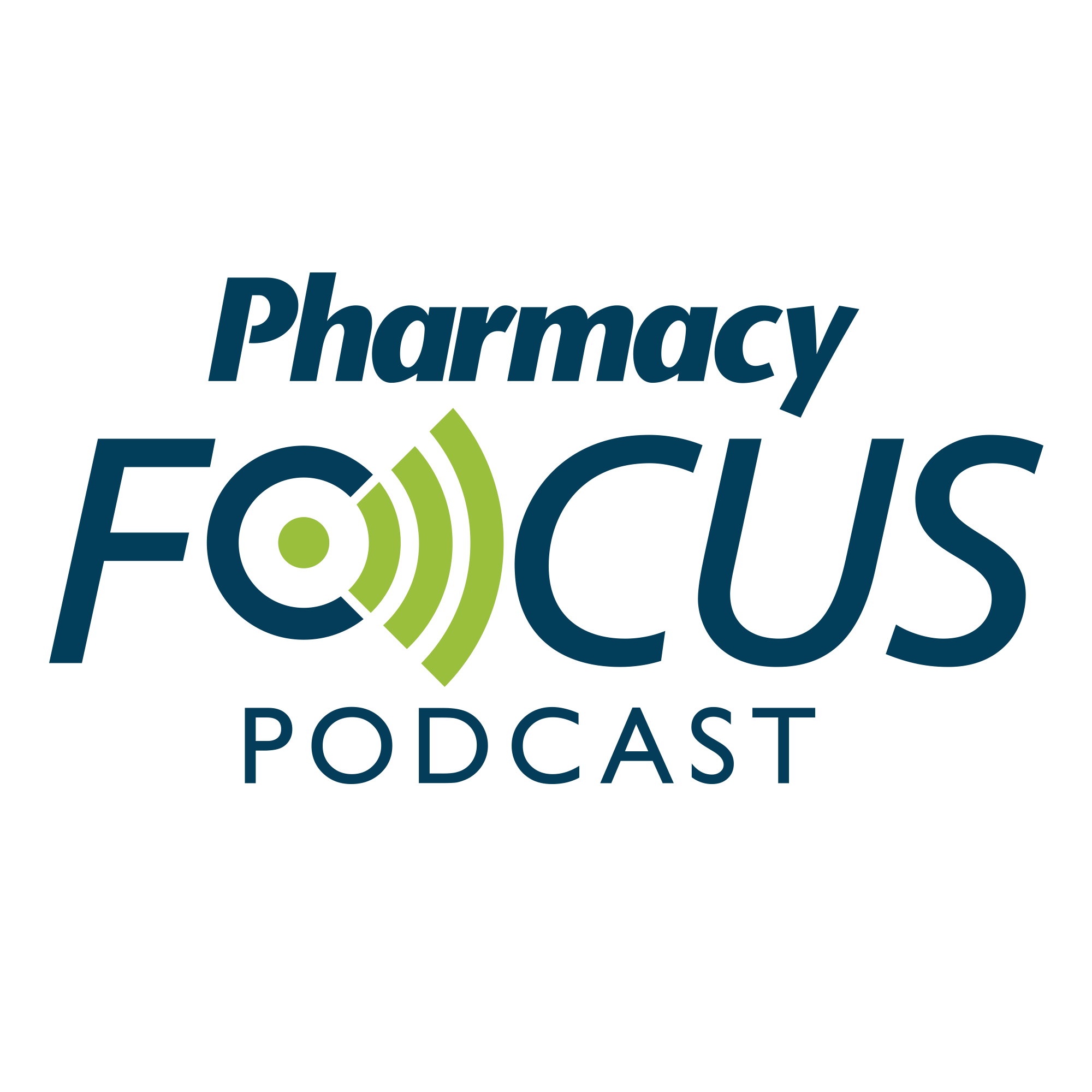Article
Positive Results Announced for 2-Year Multiple Sclerosis Trial
Author(s):
Ozanimod met all primary and secondary endpoints of the RADIANCE trial in patients with relapsing multiple sclerosis.
Celgene International Sàrl recently announced results from the 96-week extension of the phase 2 clinical trial of ozanimod in patients with relapsing multiple sclerosis.
The results from the RADIANCE trial were announced at the 32nd congress of the European Committee for Treatment and Research in Multiple Sclerosis. Ozanimod is an experimental oral selective S1p 1 and 5 receptor modulator.
"The data from this blinded extension are encouraging and further support evaluation of the benefit-risk profile of ozanimod in the ongoing phase 3 trials of patients with relapsing multiple sclerosis," said Giancarlo Comi, MD, Professor of Neurology, Chairman of the Department of Neurology, and Director of the Institute of Experimental Neurology, at Vita-Salute San Raffaele University, Scientific Institute San Raffaele, Milan.
It was announced in 2014 that RADIANCE met its primary endpoint, which was a reduction in the cumulative number of total gadolinium-enhancing lesions from week 12 to week 24, according to Celgene.
In the 96-week extension period of RADIANCE, patients who were randomized to receive ozanimod continued their treatment, and patients randomized to receive the placebo were now assigned doses of ozanimod. A total of 258 patients with relapsing multiple sclerosis (RMS) were included in the trial.
At the end of the trial, the mean number of gadolinium-enhancing lesions was 0.3 for patients receiving the 0.5-mg dose, and 0.1 for 1-mg dose of ozanimod, compared with 0.4 and 0.1, respectively, at week 48. This was the study’s primary endpoint.
Approximately 91% of patients on the 0.5-mg dose were free of lesions, and 89% on the 1-mg dose were free of lesions.
Secondary endpoints included the number of gadolinium-enhancing lesions at week 21, the number of new or enlarging T2-hyperintense lesions from weeks 12 to 24, annual relapse rate until week 24, and safety and tolerability of the drug.
Researchers found that the number of new or enlarging T-2 hyperintense lesions was 1.8 for 0.5-mg dose and 0.6 for 1-mg dose, compared with 1.3 for 0.5-mg dose and 0.7 for 1-mg dose at week 48.
The unadjusted annualized relapse rate was maintained in all patients taking ozanimod. Approximately 44% of patients taking the drug had no evidence of disease activity at week 48, and 39% after 96 weeks.
Common reported adverse events included minor infections and headache. Alanine aminotransferase 3 times that normal limit was reported in 11 patients, according to Genentech.
"These 2-year safety and efficacy results further underscore the potential of ozanimod to offer a new oral therapeutic option for patients with this chronic condition,” said Scott Smith, President, Celgene Inflammation & Immunology. “Based on these findings, and as part of our commitment to bringing innovative medicines to this patient community, we look forward to the continued study of this compound in the two ongoing pivotal phase 3 clinical trials in RMS.”






